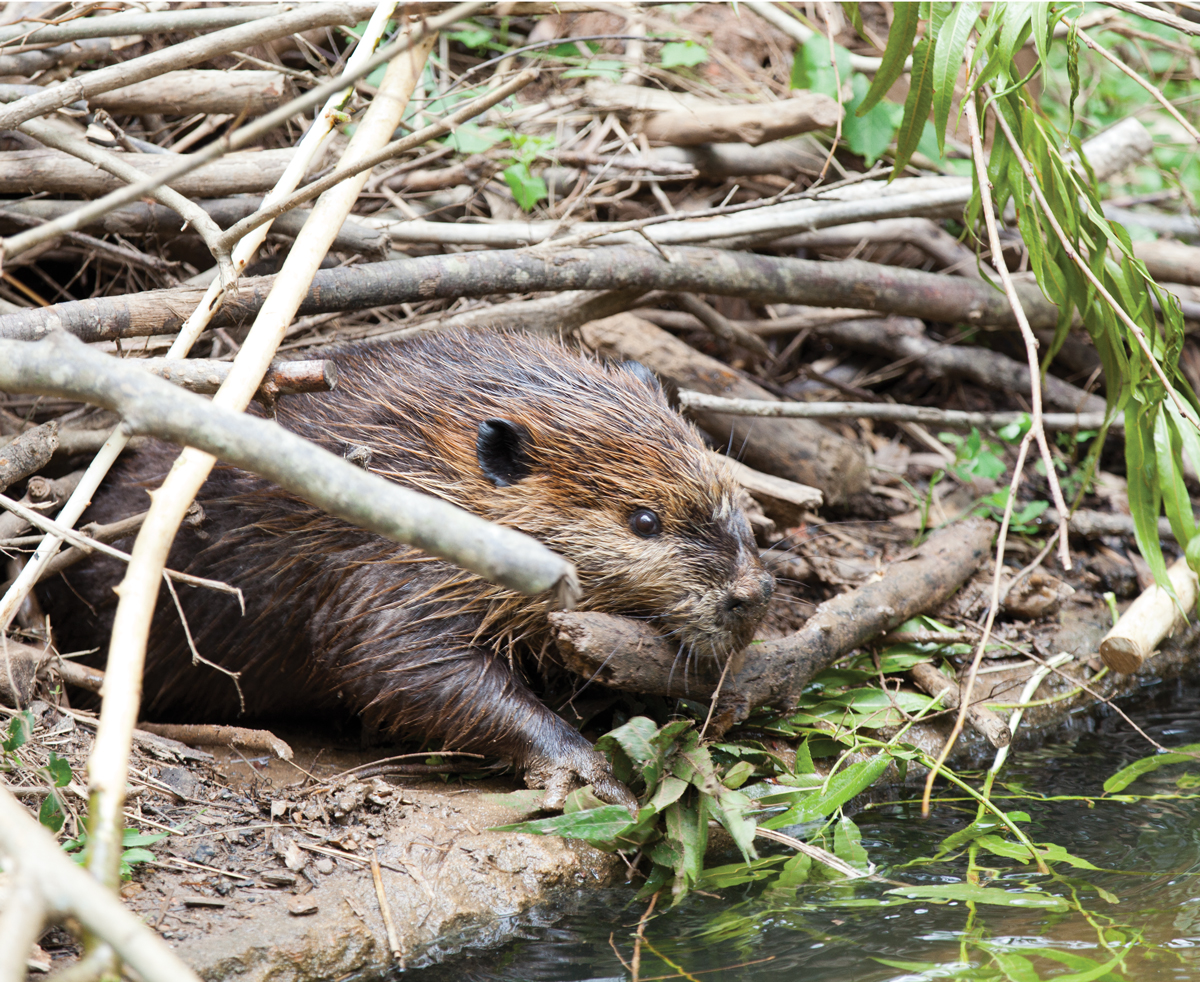TagsanimalsChattahoochee Nature CenterChattahoochee RiverChattahoochee wildlifenature
Home How the Chattahoochee Nature Center saves animals’ lives
The complete guide to the Chattahoochee River
How the Chattahoochee Nature Center saves animals’ lives

Photograph by Kaylinn Gilstrap
Plump adolescent beaver back paddles through a pond, swooshing its tail and flashing bucked teeth while a pair of bald eagles swivel their heads and gaze down imperiously from an aerie. The three animals are among the 80 residents from nearly 50 species at the Chattahoochee Nature Center.
“We’re not a museum,” says executive director Chris Nelson. “We’re a teaching facility as well as a tourist destination based on ecology. I just marvel at all of these animals in this ecosystem.”

Photograph by Kaylinn Gilstrap
Nelson, a mellow fellow with a gray ponytail, experiences these Thoreau-like moments whenever he strolls the grounds of this 127-acre wildlife refuge on the bank of the Chattahoochee in Roswell. The property offers the Chattahoochee’s only interactive, science-based interpretive center; a boardwalk along the shore that winds to Bull Sluice Lake; and canoe tours led by naturalists. It encompasses a garden that provides 12,000 pounds of produce to the local food bank. “We also are the largest purveyor of native-born milkweed, which the Monarch butterflies love,” Nelson says.
Hidden amid the nature center is the wildlife emergency room, which is equipped to diagnose and treat most minor maladies but keeps several veterinarians on call to treat owls that flew into windshields or raptors that ate poisoned rats. Nearly one out of every three injured animals brought to the clinic is released, often close to where they were found, says Henning Von Schmeling, director of operations. Animals too injured to be released back into the wild are placed in another facility or join the nature center’s permanent residents, such as the beavers. This also includes a group of raptors, including two bald eagles and a black vulture that someone once kept as a pet.
This patch of Eden started as the original site of High Meadows School, a private school. During an era when nature centers were a trend, some local eco lovers established this one in 1976 with a few buildings and a mission to connect people to nature. Since then, it has grown like, well, milkweed, surviving mostly on funding generated by its programming. Each year roughly 40,000 children tour the center, which offers scavenger hunts. It also features the Southeast’s only “Nature Exchange,” a trading post where kids can bring in pine cones, fossils, and seashells to earn points, which can be redeemed for larger coveted items, such as a giant conch shell.
Nelson scans the horizon from the boardwalk. “You can see a couple of high-rises from here,” he says, “but if you walk around the bend, you feel as if you have the whole wild river to yourself.”
He pauses, taking in the view, “Recently this young girl burst into tears here. I offered to usher her back to the building, but she said, ‘No, I am just overwhelmed. I’ve never seen a river up close.’ Those are the moments we try to spark—a sudden, appreciative awareness of the environment.”
‘Hooch fact
Standing Peachtree, a former Native American trading post along the Chattahoochee near Peachtree Creek, is thought to have inspired Atlanta’s ubiquitous street name.









